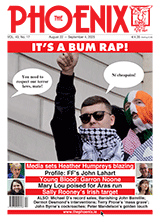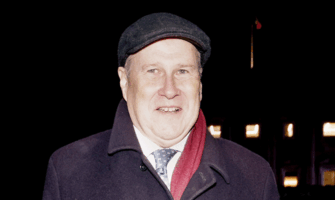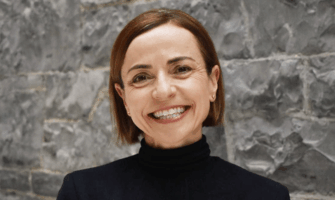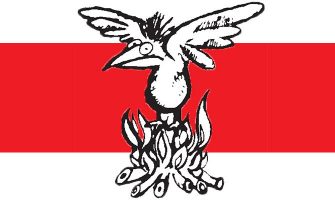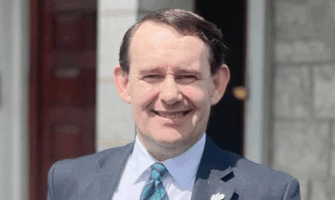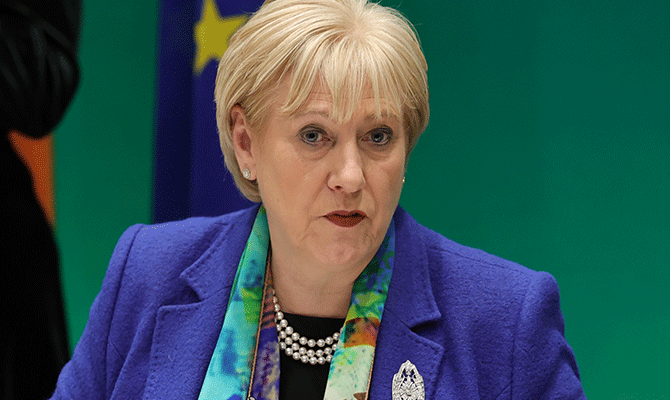
Heather Humphreys
THE PUNISHMENT meted out to presidential candidates and the relentless pursuit of any of their flaws and misdemeanours has become a media trope, but it hardly applies to the lyrical media coverage of the born-again Mother Teresa of Irish politics, Heather Humphreys.
The Irish Times got into Clare Daly battle mode last Saturday with a lead, front-page story and lengthy page-two assault on left unity candidate Catherine Connolly’s foreign policies.
The Sindo followed next day with an OTT effort that tried but failed to depict the articulate Galway woman as afraid to answer political questions.
There then followed the media veneration of Blue Blouse ex-minister Heather in the wake of moves by Simon Harris and Fine Gael to install her as Mairead McGuinness’s replacement.
Next day saw the IT’s Ellen Coyne report in excited tones that “Fine Gael is electrified at the prospect of having a border county Protestant running for the Áras”. It also quoted “former editor of the Church of Ireland Gazette” (lest anyone forgot the religious angle) councillor Emma Blain’s admiration for her “shared-island” outlook.
Heather was also congratulated for what Coyne described as her “prominent role in the 1916 commemorations”.
The Indo reported Humphreys’ explanation for not wanting to run for the presidency last year as due to her support for McGuinness. And Heather said her decision not to run again for the Dáil last November was because she was “burnt out” at the time. After enjoying “a good rest”, however, she now “never felt as good about taking on a challenge”.
Happily for Heather, neither the Indo nor the IT (the latter quoted her stated desire to spend more time with her grandchildren) had the bad taste to put to Humphreys precisely what she said back then. On October 19 the ex-minister told RTÉ: “I’ll be 65 next year and if I ran again I’d be nearly 70 by the end of the next Dáil term and I’m just not physically able to keep going for that long.
“I was first elected to the Dáil on the 27th of February 2011 and, from that day to this, I’ve given this job my absolute all – and of course, that’s the only way you can do this job.”
At that time she also ruled herself out of next year’s presidential race, saying it was “not on the cards for me”.
She said she was not considering it for the same reason she decided not to run in the general election. “Unless I can give it 100%, I won’t do it.”
She added: “Politicians are human too, we give all we can for as long as we can but time catches up on us all”.
This Father John Misty-type explanation for resiling from a presidential run last autumn makes no mention of Humpreys’ respect for McGuinness’s presidential ambition. It does, however, place a big question mark over Heather’s “physical ability” to last the political or presidential pace for a five-year Dáil term or a seven-year presidential term.
Another bouquet that has been presented to Heather by a breathless media is that she played a prominent role in the commemorations around 1916.
In 2018, Goldhawk wrote how John Concannon, head of the strategic communications unit, performed well in these events (see The Phoenix 23/3/18), saying he received much credit “partly due to… the selection of arts minister Heather Humphreys as the minister nominally in charge.
“Humphreys revealed an astonishing lack of awareness or interest in 1916 or other events of that period when serving on the Oireachtas committee in charge of the Decade of Centenaries. In the two years and more that she sat on the committee she had little or nothing to say about anything that it considered… Nevertheless, her status as a Protestant and a woman enabled her appointment as the minister in charge of centenary events, a PR wheeze that impressed some people.
“Humphreys was allowed to take the political credit for events while Concannon was commissioned to do the actual work.”
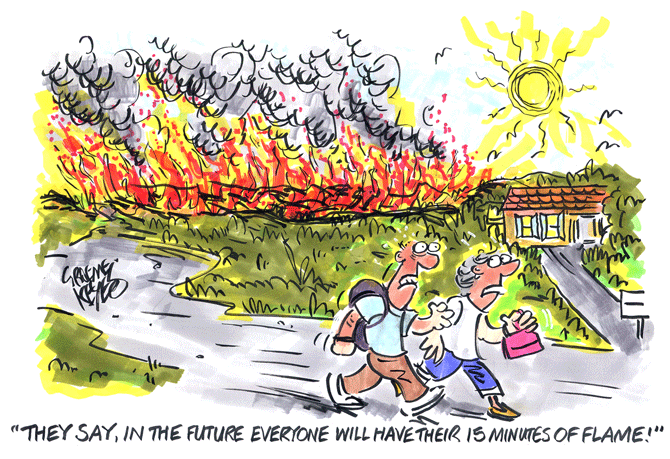
APOLOGY
THE LAST edition of The Phoenix (8/8/2025) carried a story alleging that Russian soldiers recently captured two British Army officers and an intelligence operative in Ukraine. It has since emerged that this story is a fabrication.
We apologise to our readers for failing to recognise that this story could not be stood up. It was partly based around a photo of two British officers, a photo that turned out to be an AI creation.
This is not good enough and we apologise again for publishing this story.
The editor.





